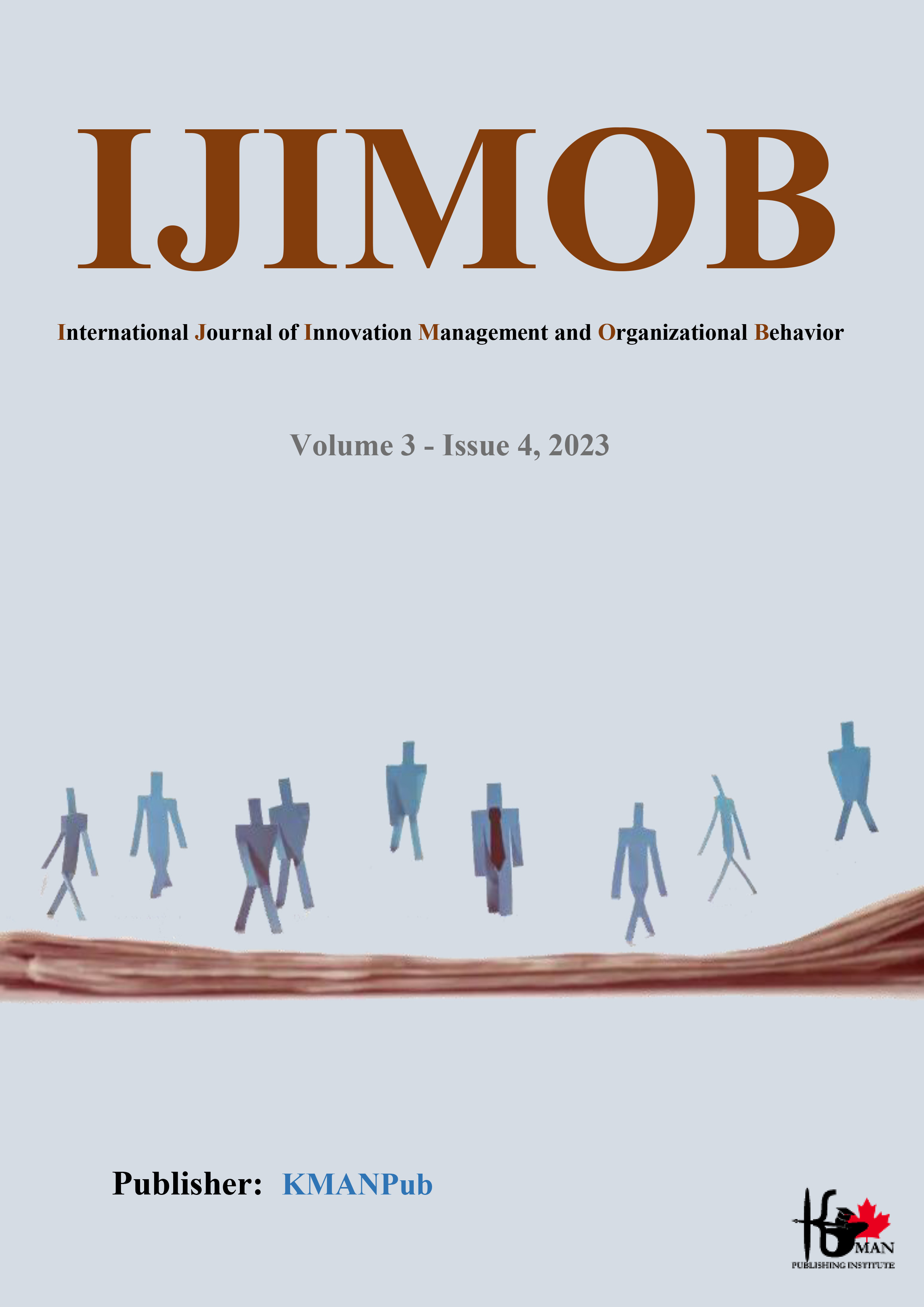Design and Validation of a Diversity Management Model in Human Resources (Public Organizations in Razavi Khorasan Province)
Abstract
Objective: The purpose of this research is to design and validate a human resource diversity management model in public organizations in Razavi Khorasan Province.
Methodology: The present study was conducted with a mixed-methods (qualitative-quantitative) approach. The qualitative population consisted of managers of public organizations in Razavi Khorasan, among whom 12 were selected using theoretical sampling and snowball sampling techniques, and interviews were conducted. In the quantitative part, the population included all managers of public agencies in Razavi Khorasan Province in 2021, numbering 8,936, from which a sample size of 368 was determined using stratified random sampling and Cochran's formula. Data collection tools were semi-structured interviews for the qualitative part and questionnaires for the quantitative part. For data analysis in the qualitative part, MAXQDA software was used, where categories, components were coded through open, axial, and selective coding leading to the theorizing stage.
Findings: Descriptive and inferential statistical methods were used to analyze the data obtained in the quantitative part. In the qualitative section, axial coding or 6Cs were explained, detailing the causal conditions, core category, strategy, consequences, context, and intervening conditions. In the quantitative section, the research results showed that the proposed model has an appropriate fit.
Conclusion: Until attention is paid to the diversity of employees, their differences, capacities, and knowledge variations, one cannot expect the necessary productivity and efficiency from employees.
Downloads
Downloads
Additional Files
Published
Submitted
Revised
Accepted
Issue
Section
License
Copyright (c) 2023 Mohsen Mandegar (Author); Hamid Rezaiefar (Corresponding Author); Mohammad Mohammadi , Hossein Hakimpour (Author)

This work is licensed under a Creative Commons Attribution-NonCommercial 4.0 International License.
















